So much of life on Earth starts with an egg. It’s an incredible piece of biological design that goes beyond the familiar. Here’s a celebration of the incredible ways evolution has found to kick-start life.
Egg emoji
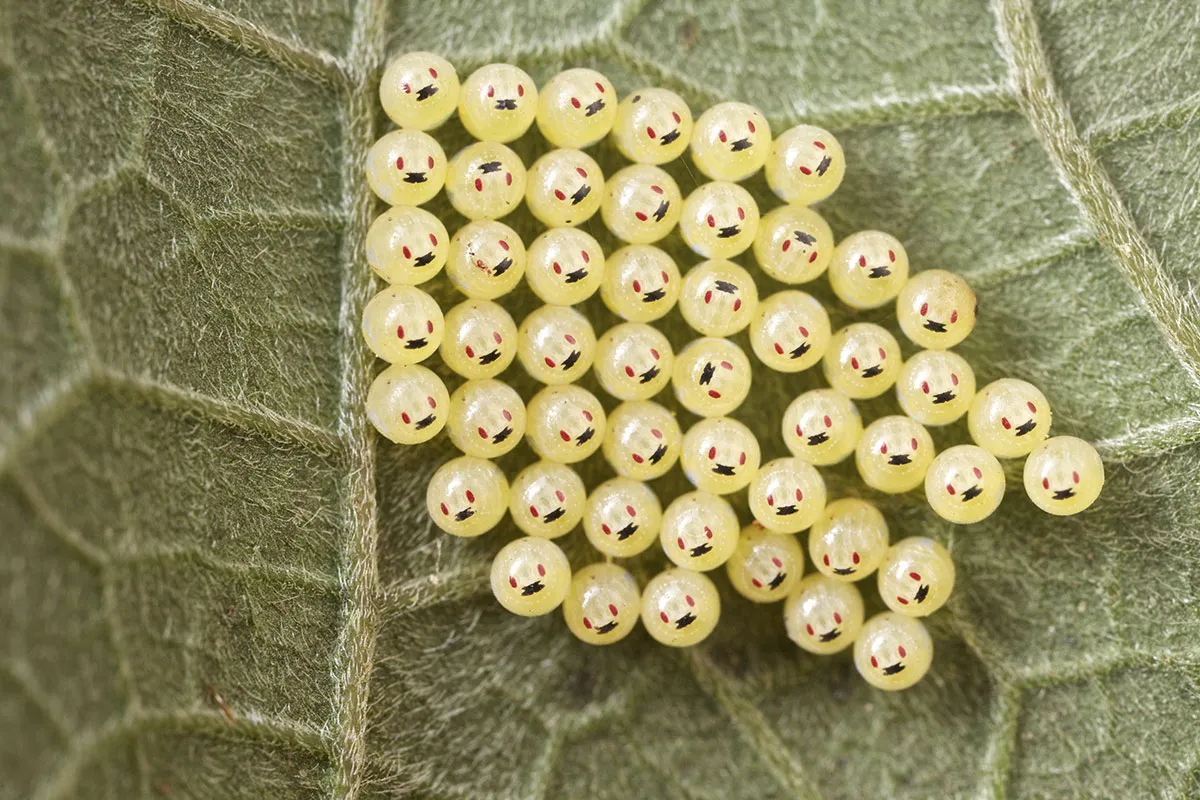
“What looks like a mouth is actually a fracture-line that runs along the top of the egg,” says shield bug expert Maria Justamond, commenting on this cluster of emoji-like insect eggs on the underside of a leaf. “When the baby shield bug is ready to emerge, the egg opens up like a trapdoor.”
More than 99 per cent of all animals that have ever lived on planet Earth have, in the first moments of life, hatched from an egg. Yet for all their abundance, eggs continue to amaze scientists with their unique adaptations and mind-blowing evolutionary workarounds.
“I’ve always had a bit of a soft spot for their eggs,” Justamond adds. “I love how varied they are in colour and size, and how each shield bug species has its own interesting life cycle.”
Unhatched and undercover
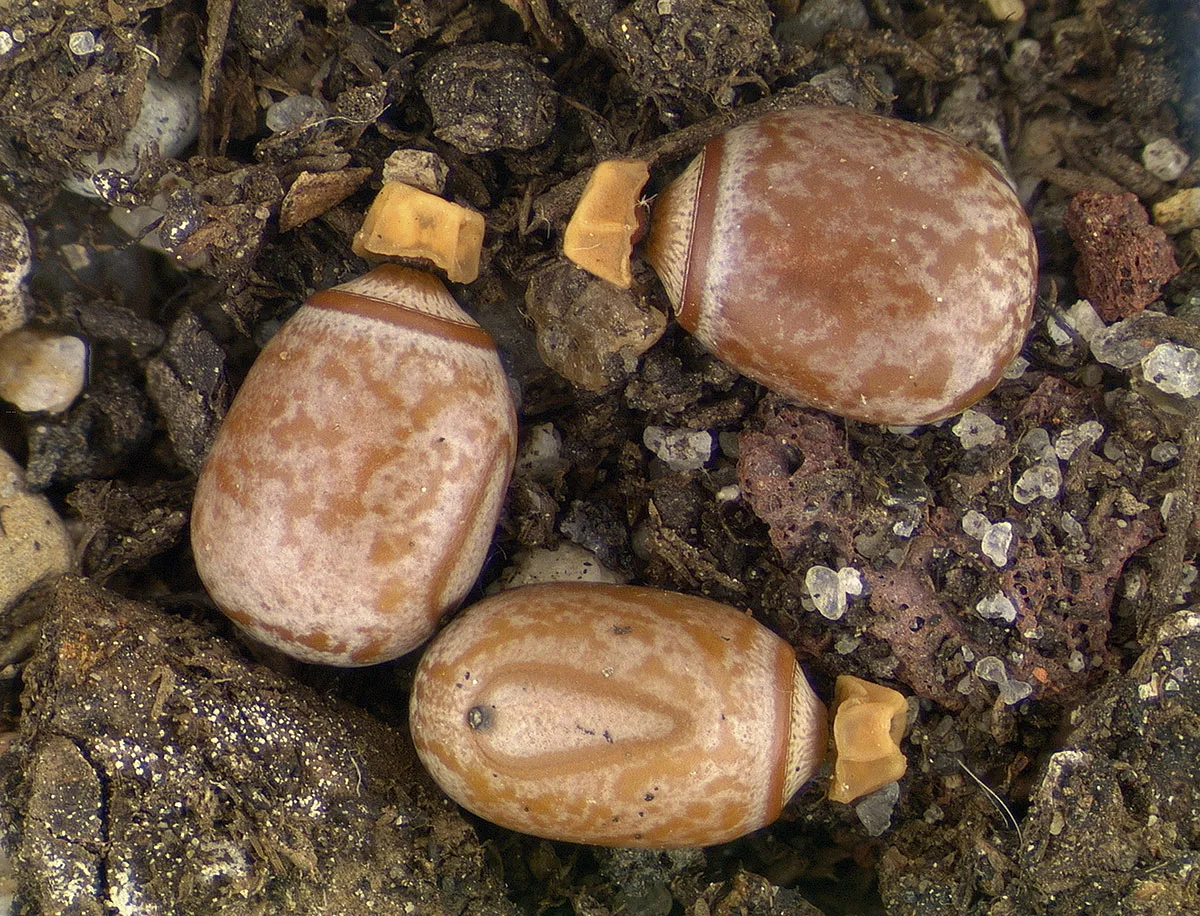
Unhatched stick insects regularly come under attack from parasitic wasps, whose predatory larvae ransack their eggs and eat everything inside. To counter this threat, some species of stick insect have evolved eggs that look like seeds.
Each egg has a handle-like structure full of oil, called a capitulum, that mimics a similar structure in some plant seeds. This entices hungry ants who, thinking the eggs are food, take them back to their nests for safe-keeping. Deep within the nest colony, the stick insect eggs continue their development safe from marauding wasps.
This is one of many ingenious stick insect egg innovations. Some species have eggs so tough they can pass through the guts of seed-eating birds, for instance, and one species even has eggs that can float in seawater.
“Insects eggs are just as subject to natural selection and evolution as any other stage,” says Prof Adam Hart, entomologist and BBC broadcaster. “They really are quite remarkable once you start looking at them.”
Eggs-tremely buoyant
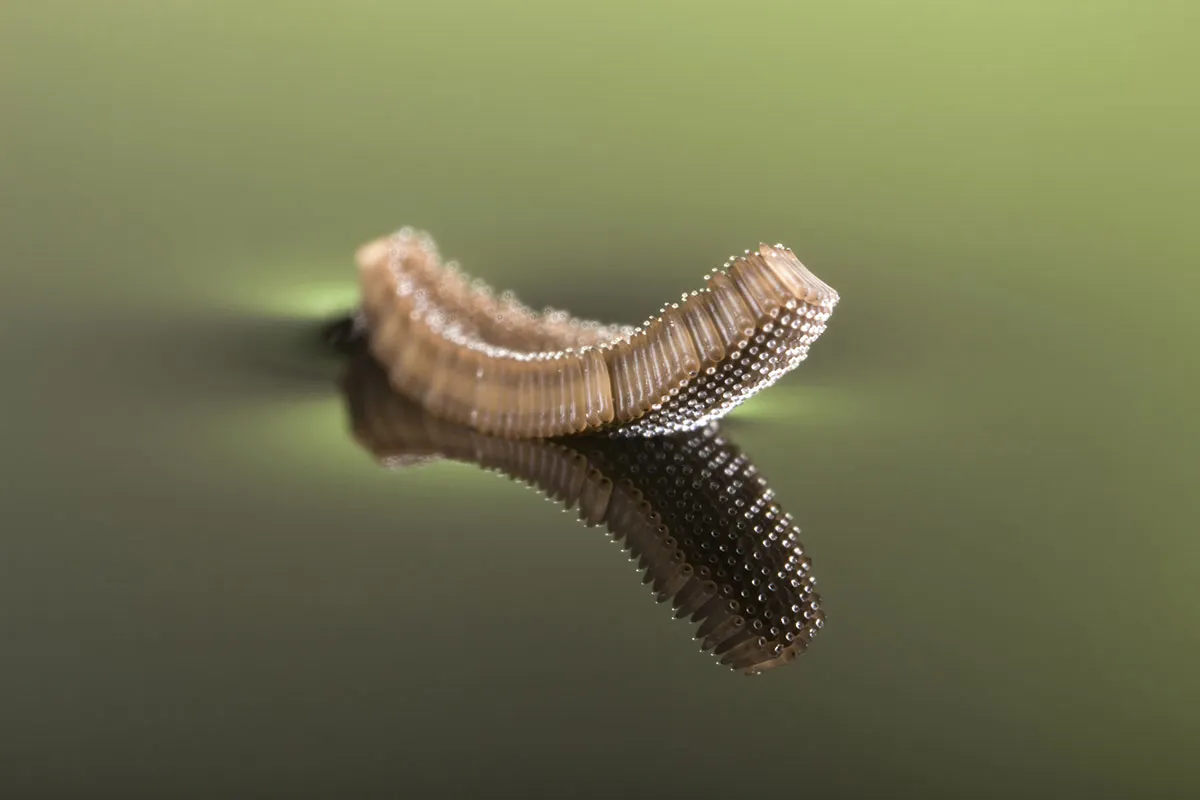
Covered in tiny finger-like projections, the eggs of some mosquito species bind tightly against one another when laid, forming a little raft of eggs that floats on the water surface. Special proteins on the surface of each egg actively repel water, causing the raft to curve upwards at its outermost edges. This helps the egg-raft stay afloat, should choppier conditions occur.
Because mosquitoes transmit a host of life-threatening diseases, many scientists are interested in the egg-laying behaviours of female mosquitoes and how they might be curbed. In 2019, a team of scientists from the University of Arizona managed to turn off a single gene (known as Eggshell Organising Factor 1), which affects the proteins that provide waterproofing to the developing egg. The result? A life raft that takes on too much water, eventually sinking and killing all the unhatched mosquitoes on board.
Dad of the year
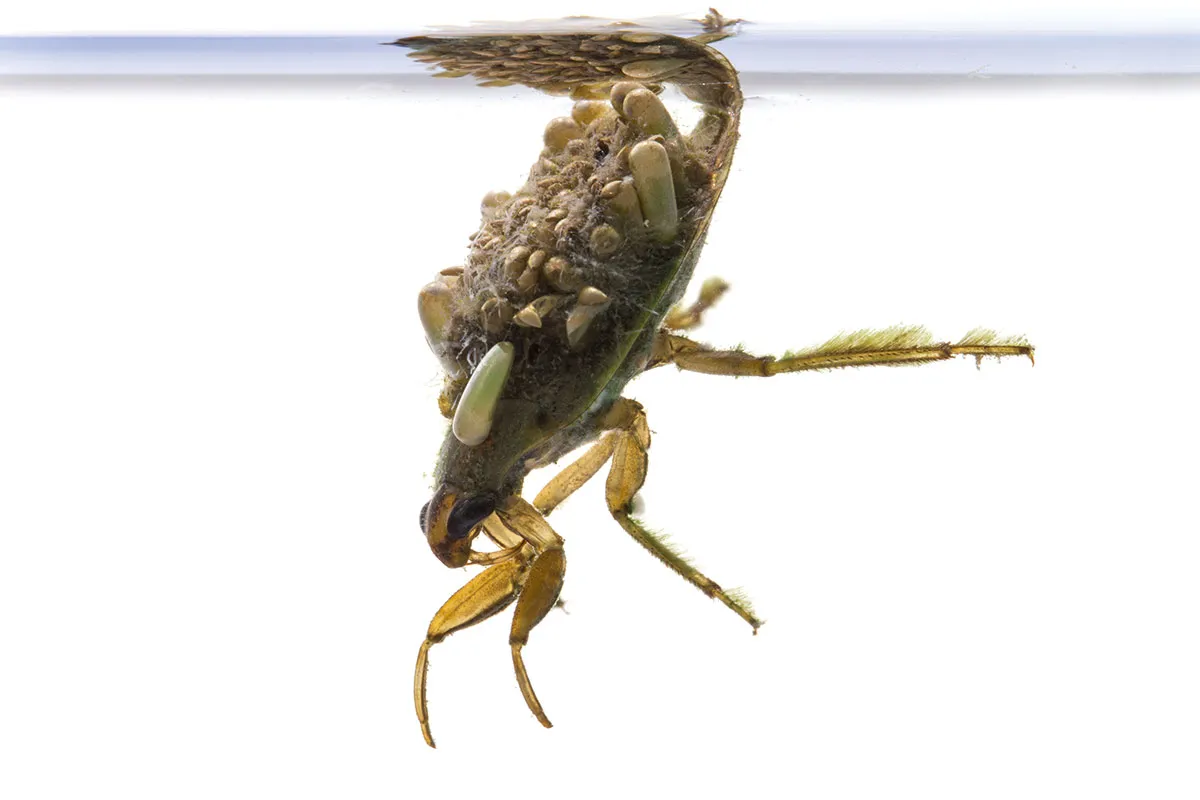
With some species as large as a human palm, the giant water bug is a voracious wetland predator. Yet throughout the breeding season, males show a softer side. During mating, the female lays eggs on the male’s back, which are guarded until they hatch. Relieved of her duty, she moves off elsewhere to mate again.
Far from being undone by the labours of childcare, males actually benefit from this unusual relationship. In 2016, through a series of experiments, scientists discovered that females actively seek out males with the eggs of other females upon them. Like a peacock’s tail, a back bejewelled with eggs is all about turning heads.
But why has parental care evolved at all in these giant bugs? “There’s likely to be something about these bug eggs that makes them very worth protecting, such as being large, expensive to produce and susceptible to attack from parasitic wasps,” says Dr Gavin Broad, the Natural History Museum’s curator of insects.
Looking swell!

Lit from behind, the contents of this shark eggcase are clear to see. A young swell shark with yolk sac, still weeks from emerging, is taking shape. Its tail lashes repeatedly from side-to-side, flushing water around the eggcase to maintain a healthy flow of oxygen.
The eggs of sharks and rays differ from the eggs of bony fish. Most are endowed with long tendrils, which can be wrapped around vegetation, and the case is often rectangular, resembling ravioli. The covering is extra strong, courtesy of collagen, which is a structural protein also found in human bones, tendons and ligaments.
As well as deterring predators, this collagen-heavy suit of armour helps keep the egg from decaying, meaning that some eggcases can house a developing embryo for up to 12 months.
After a young shark or ray hatches, many eggcases wash up on shorelines where beachcombers greet them with the colloquial name, ‘mermaid’s purse’.
Don't mess with mother

A female Pacific octopus protects her brood of 50,000 eggs, which dangle from the roof of an undersea cave. Every individual egg, each the size of a grain of rice, has been collected by the octopus and hung carefully on threads to create something not dissimilar to a beaded curtain.
Through day and night, she carefully removes algae and parasites from her eggs, while pumping water across the strands to maintain a steady flow of oxygenated water to help the eggs grow.
So protective is the female of her unhatched offspring that she foregoes hunting completely, instead relying on energy reserves gathered over her five-year lifespan. The effort will eventually kill her, but the strategy works for octopuses.
In life’s lottery, it can pay to invest everything that you have on tickets. Particularly if you have a deep, dark cave within which those tickets can be kept safe.
Sea of spawn
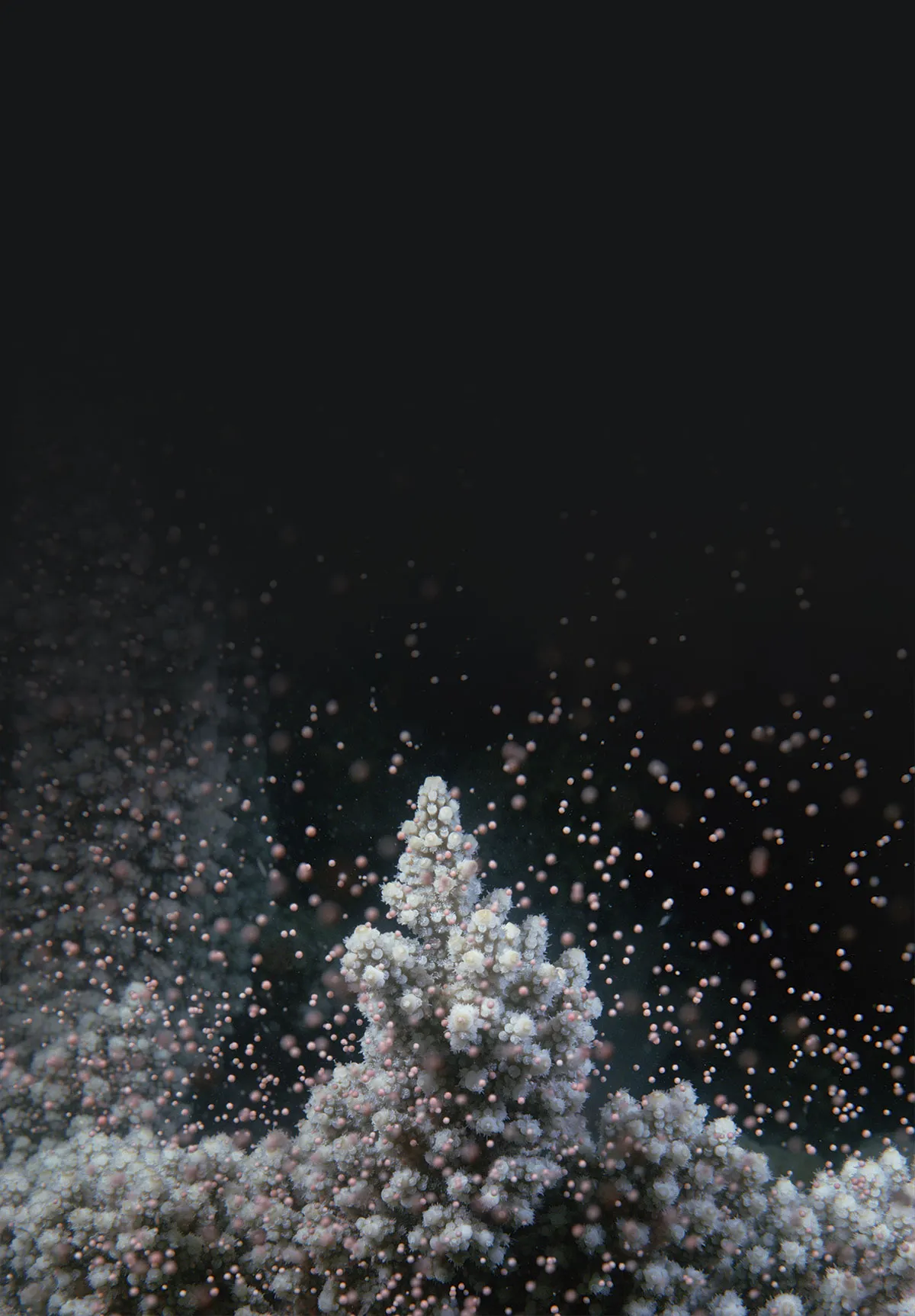
Synchronising with the tides and the Moon’s cycle, corals of numerous species, such as this staghorn coral, release millions of eggs and sperm into the water all at once. By mass-spawning together, corals provide predators temporarily with more food than they can possibly eat, thereby enhancing the chances of at least some of their offspring surviving.
But coral mass-spawning events are not what they once were. Catastrophic declines in coral populations, caused by climate change and reef diseases, have occurred across the world, so much so that the fate of some coral species rests on captive populations kept in aquarium tanks.
By maintaining the genetic diversity of these captive colonies, it’s hoped that some reefs can be replanted with disease-resistant strains of coral that are more resilient to the problems that humans are causing.
Take the plunge
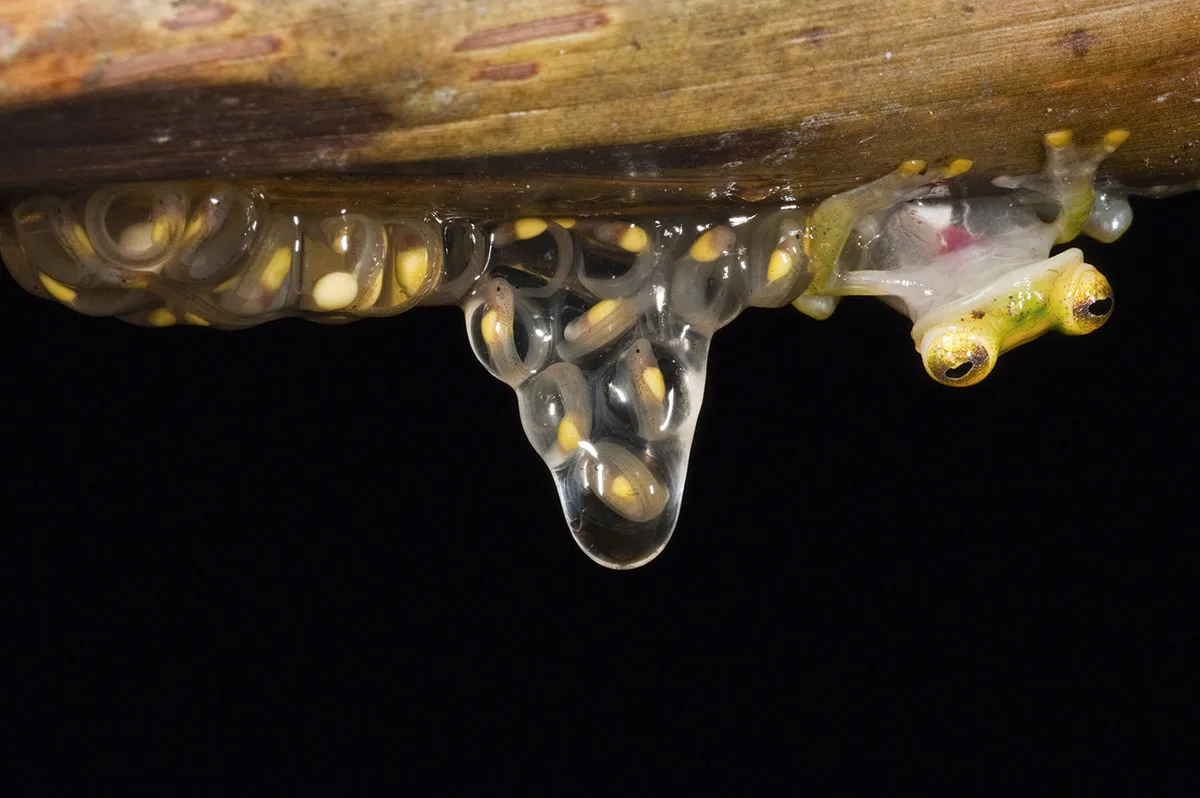
Hiding beneath a leaf, a tiny male glass frog guards its fledging tadpoles, as they drip from out of their jelly-like eggs into the waters below. Unlike most frogs, this species produces only a handful of eggs at a time, which it protects for as long as possible. The glass frog’s body is translucent, an adaptation that softens the amphibian’s edges, making it harder for predators to see.
“I can confirm it’s a highly effective strategy,” says Lucy Cooke, zoologist and patron of Amphibian and Reptile Conservation, who once joined a search party for the tiny amphibians in a remote Colombian wetland. Alas, they were unsuccessful.
“Glass frogs and their eggs merge into whatever they’re sitting on,” she explains. “It was only the sound of their amorous peeps that gave them away.”
Stick together
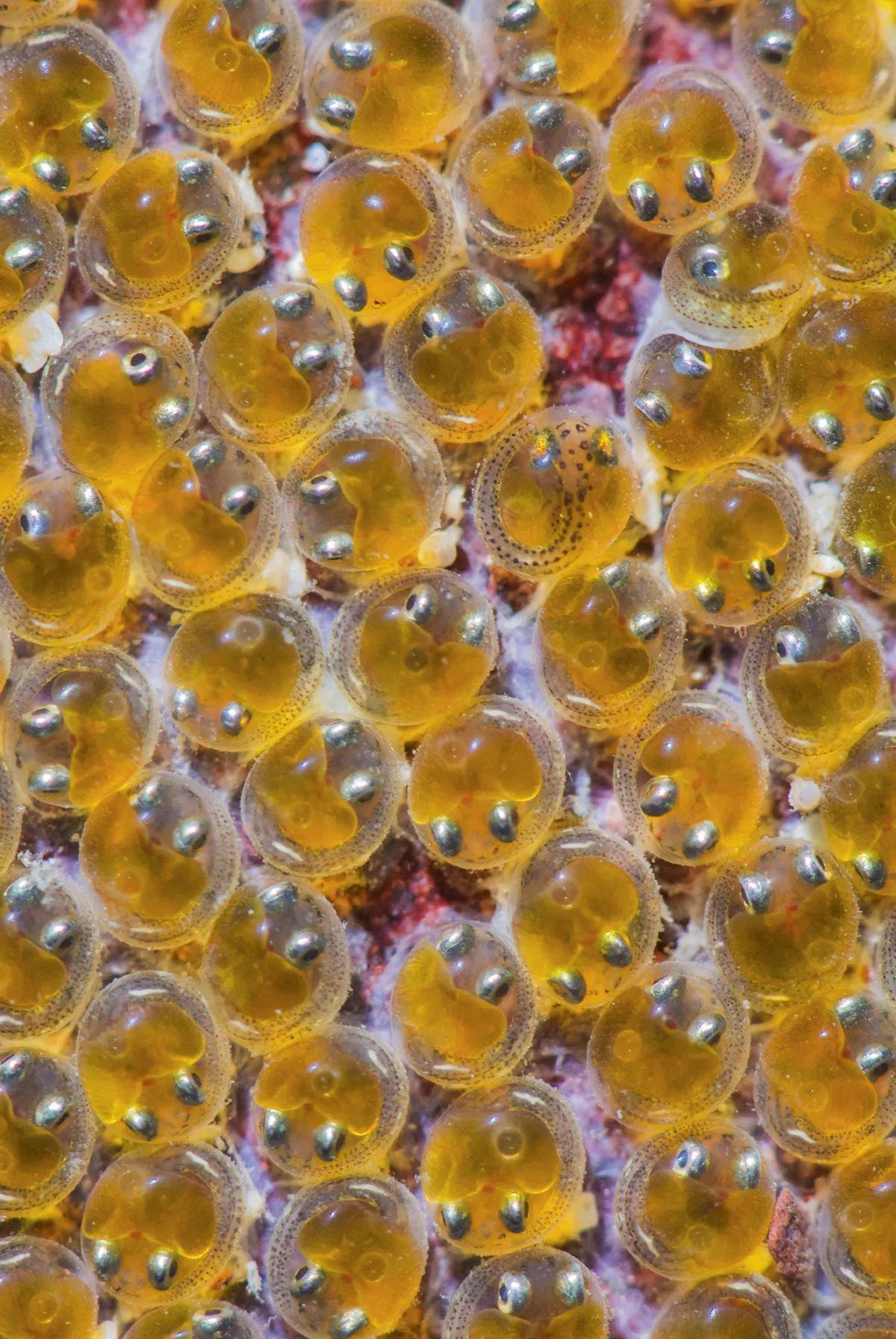
Row upon row of baby clingfish develop, each within its own biosphere. Yet look closely and you’ll see a familiar evolutionary innovation: yolk, the yellow blobs within each egg.
Yolk contains vitamins, fats and minerals – all that life needs to sustain a growing embryo. But the familiar yellow colour of yolk comes from something else entirely: carotenoids, which are naturally occurring pigments found throughout the animal kingdom.
What do these carotenoids do? The best theory is that the yellowy pigment is thought to play a role in ‘taming’ rogue oxygen atoms (known as free radicals) that rampage through cells and damage molecules, including DNA. In newly developing embryos, where every cell division counts, the effects of free radicals may be especially harmful, hence the near-universality of carotenoids in eggs laid throughout the natural world.
- This article first appeared inissue 367ofBBC Science Focus Magazine–find out how to subscribe here
See more picture galleries:
